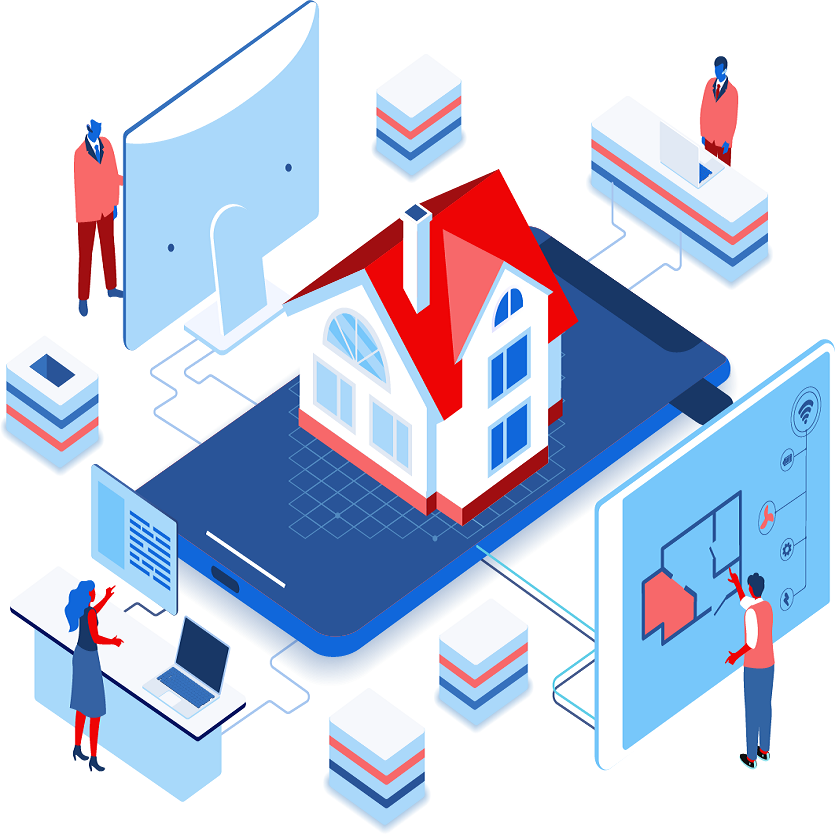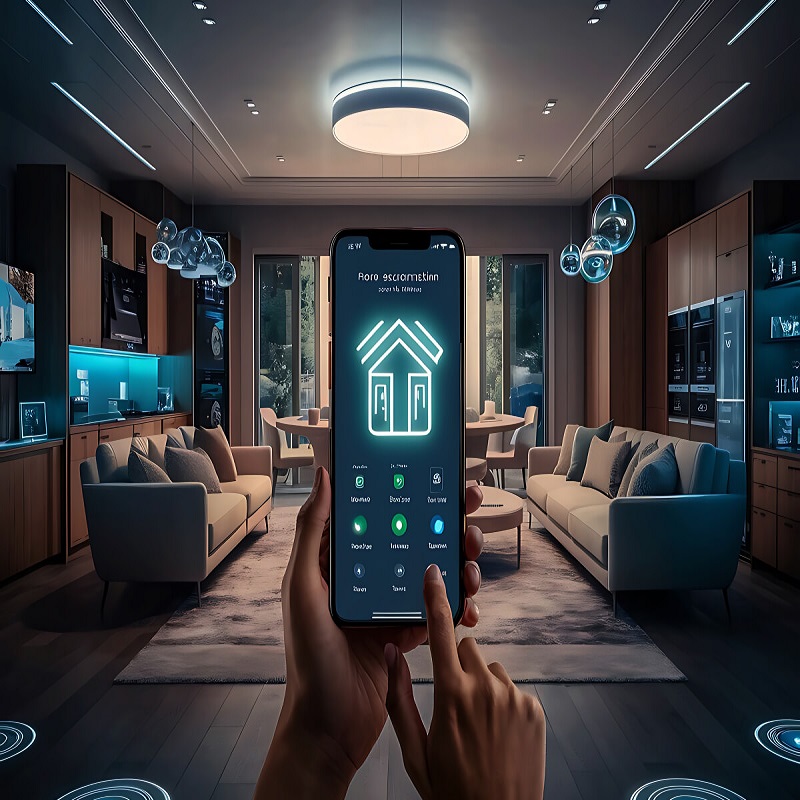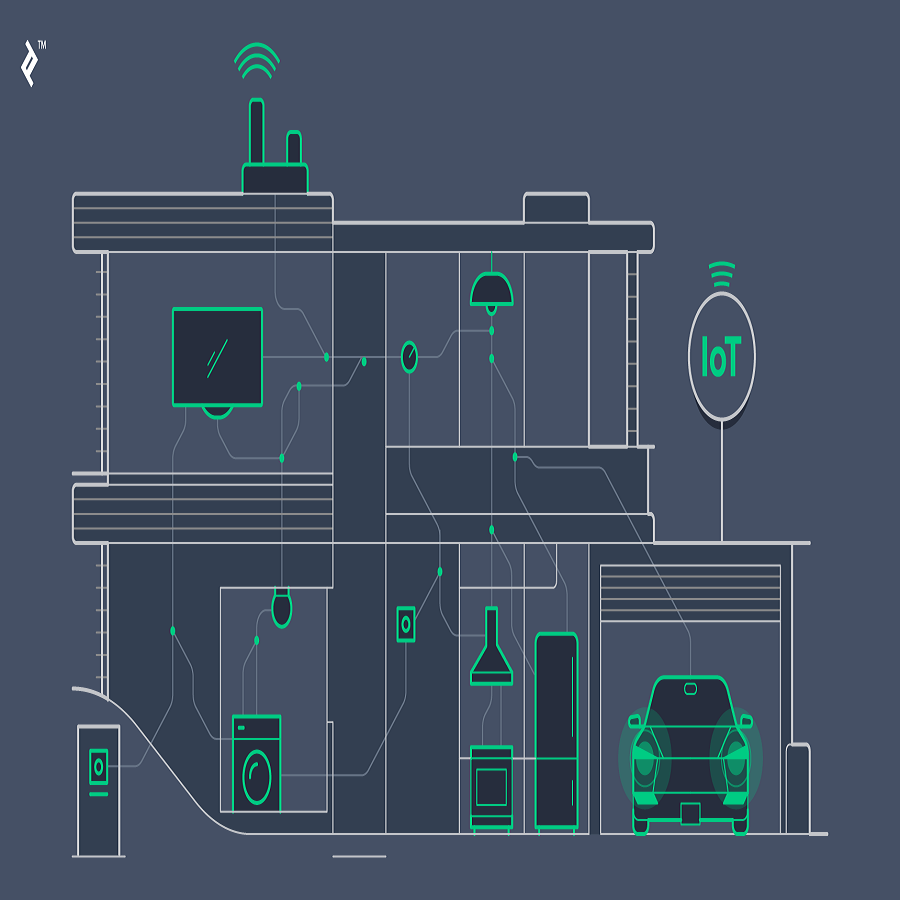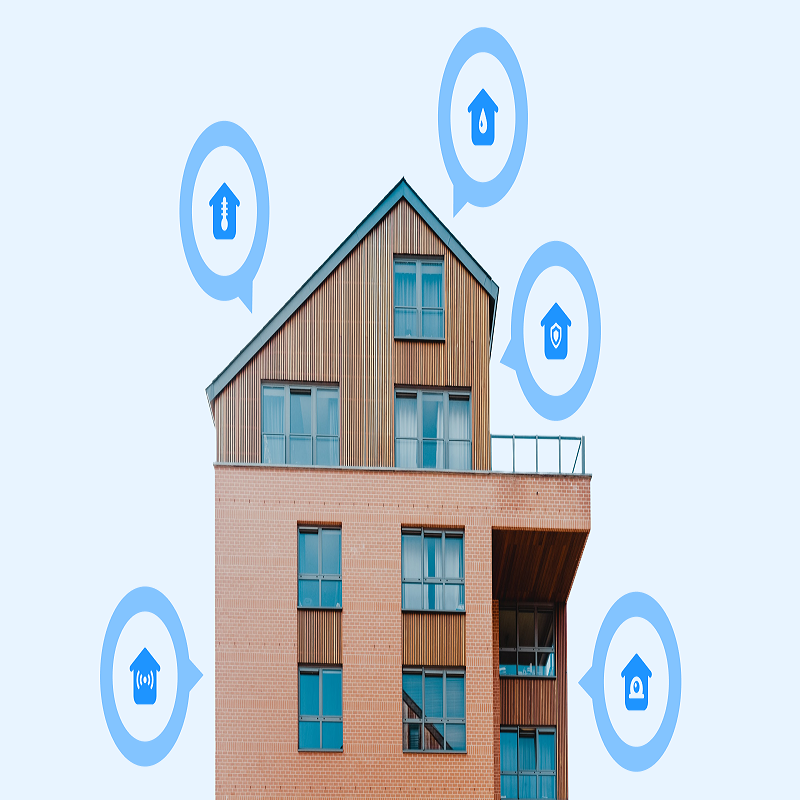In recent years, the rise of the Internet of Things (IoT) has transformed the concept of home automation into an accessible reality for millions. Smart home devices that connect to the internet allow users to control various aspects of their living space remotely, enhancing convenience, security, and energy efficiency. This article will explore what IoT home automation is, its benefits, common devices, security concerns, and how to get started in making your home a smart home.
Understanding IoT Home Automation
What is IoT Home Automation?
IoT home automation refers to integrating internet-connected devices into various home systems to enable remote management and monitoring. These devices communicate with each other and can be controlled through a smartphone, tablet, or computer. Examples of operations include adjusting lighting, managing temperature, controlling security cameras, and monitoring energy usage—all at the touch of a button.
The foundation of IoT home automation lies in connecting these devices to a central hub or platform. This connection allows different devices to interact seamlessly, improving user experience and enabling automation and smart routines that make life easier.
Key Components of IoT Technology
At the core of IoT home automation technology are three essential components: sensors, connectivity, and data analytics. Sensors collect data, such as motion, temperature, humidity, and light levels, providing real-time information about the home environment. Connectivity allows devices to communicate through WiFi, Zigbee, or Bluetooth, facilitating seamless interaction. Finally, data analytics enable users to make informed decisions based on the collected data, such as adjusting heating settings when no one is home, thus maximizing energy savings.

Benefits of IoT Home Automation
Enhanced Convenience
One of the main draws of IoT home automation is convenience. With the ability to control home devices from anywhere, users can manage their environment effortlessly. Forgot to turn off the lights before leaving the house? No problem. Simply open the app and switch them off remotely. Being able to control multiple devices from a single interface also saves time and simplifies daily routines.
Automation adds another layer of convenience. For instance, smart lighting can be programmed to switch on at dusk, while smart thermostats can adjust the temperature throughout the day based on your schedule. This automation eliminates repetitive tasks, allowing you to focus on activities that matter more to you.
Increased Security
Security is a significant concern for many homeowners, and IoT home automation helps address this issue effectively. With smart security options like cameras, doorbell cameras, and smart locks, homeowners can monitor their property in real time. You can receive alerts when someone arrives at your door, view live feeds from your security cameras, and even lock or unlock your doors remotely.
Additionally, smart sensors can detect unusual activity, such as motion when no one is home. Some systems can even integrate alarms and notifications, ensuring you’re alerted immediately to any potential threats. With these devices working together, your home becomes more secure than ever.
Common IoT Devices for Home Automation
Smart Thermostats
Smart thermostats are among the most popular IoT devices. These devices learn your habits and preferences over time, adjusting your home’s heating and cooling systems accordingly. By managing your HVAC system more efficiently, smart thermostats enhance comfort while helping reduce energy bills. You can control them from your smartphone, making it simple to adjust your home’s climate whether you’re home or away.
Smart Lighting
Smart lighting systems include bulbs and fixtures that can be controlled via an app or voice command. With the ability to adjust brightness, change colors, or set schedules, smart lighting enhances the mood in your home. You can create preset scenes for different activities, such as a bright light for reading or a soft glow for movie nights. Moreover, some systems allow for convenient voice control through smart assistants like Amazon Alexa or Google Assistant.
Smart Security Cameras and Alarms
Investing in smart security cameras provides valuable peace of mind. These cameras allow for real-time surveillance of your home while offering features like motion detection and night vision. Many systems include cloud storage, so you can access recordings at any time. Smart alarm systems can notify you of breaches and alert local authorities if necessary, further enhancing your home security.

Integrating Smart Home Ecosystems
Choosing a Smart Home Hub
To streamline the interaction between your IoT devices, consider investing in a smart home hub. A hub acts as a central point for communication between devices, allowing them to work together efficiently. Popular options include Amazon Echo, Google Nest Hub, and Samsung SmartThings. Each offers unique features and supports various devices from different manufacturers, making it essential to pick one that fits your needs.
Once you’ve selected a hub, follow the setup instructions to connect your devices. This process usually involves downloading an app, creating an account, and connecting your devices to the hub via WiFi. Once set up properly, it can make controlling your devices a breeze.
Utilizing Smart Assistants
Take full advantage of voice control by integrating a smart assistant like Amazon Alexa, Google Assistant, or Apple’s Siri. These digital assistants allow you to control multiple devices with simple voice commands. You can turn off lights, adjust the thermostat, or check security cameras while cooking or lounging on the couch.
Smart assistants also enhance automation capabilities. You can create routines that trigger multiple devices with one command. For example, saying “Goodnight” could lock doors, lower the thermostat, and turn off all the lights in your home.
Security Concerns with IoT Home Automation
Potential Vulnerabilities
As convenient as IoT home automation can be, it is essential to recognize the potential security vulnerabilities. Smart devices connected to the internet can become targets for cyberattacks. Hackers may exploit unsecured devices to access your network, potentially putting your personal data at risk.
It’s crucial to research any device you plan to install in your home and understand its security features. Check for reviews, ratings, and manufacturer reliability before making a purchase. Always choose devices that offer robust security measures to protect your home and information.
Implementing Security Best Practices
To safeguard your smart home setup, consider implementing security best practices. Start with a strong, unique password for each device and change default credentials to those set by the manufacturer. Regularly updating firmware and software ensures you have the latest security patches.
Additionally, utilize two-factor authentication (2FA) whenever possible. This adds an extra layer of security by requiring a second verification step alongside your password. Using a secure WiFi network with strong encryption is also essential. Make sure your network is protected by WPA3 security if possible.

Getting Started with IoT Home Automation
Create a Plan and Set Goals
Before diving into the world of IoT home automation, take some time to outline your goals. What aspects of your home do you want to automate? Is your primary focus on security, energy efficiency, or convenience? Establishing clear objectives will help guide your device selection and ensure a cohesive setup.
Start small—choose one or two devices to integrate initially, then expand your smart home ecosystem over time. By focusing on specific areas, such as enhancing security or improving energy efficiency, you can evaluate the benefits and adjust your approach accordingly.
Research and Choose Compatible Devices
As you explore different IoT devices, take the time to research compatibility. Not all devices work seamlessly with every hub or platform. Read reviews to learn about user experiences and verify compatibility with your existing setup.
Pay attention to ecosystems, as many manufacturers develop products that work best within their ecosystems. For instance, Google Home products may not interact as effectively with Amazon Alexa. Staying within one compatible ecosystem can simplify integration and user experience.
Conclusion
The rise of IoT home automation is revolutionizing how we interact with our living spaces, providing enhanced convenience, security, and energy efficiency. By incorporating smart devices into your home, you optimize daily routines and create a comfortable environment tailored to your needs.
While navigating the world of IoT may seem daunting, starting small and researching your options can foster a rewarding experience. Establish your home automation goals, select compatible devices, and enhance security practices to create a smart home system that reflects your lifestyle.
As technology continues to evolve, the potential for home automation will only grow. Embrace this trend and transform your home into a connected, efficient space. The future of home living is here, and it’s time for you to reap the benefits of IoT home automation.
